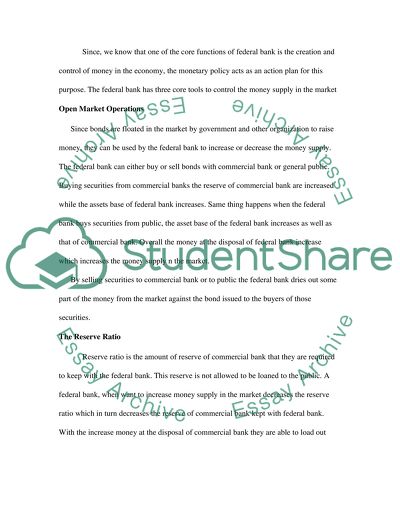Cite this document
(Inflation and Unemployment Assignment Example | Topics and Well Written Essays - 1250 words, n.d.)
Inflation and Unemployment Assignment Example | Topics and Well Written Essays - 1250 words. https://studentshare.org/macro-microeconomics/1540488-discuss-the-use-of-monetary-policy-to-influence-the-levels-of-inflation-and-unemployment-in-an-economy
Inflation and Unemployment Assignment Example | Topics and Well Written Essays - 1250 words. https://studentshare.org/macro-microeconomics/1540488-discuss-the-use-of-monetary-policy-to-influence-the-levels-of-inflation-and-unemployment-in-an-economy
(Inflation and Unemployment Assignment Example | Topics and Well Written Essays - 1250 Words)
Inflation and Unemployment Assignment Example | Topics and Well Written Essays - 1250 Words. https://studentshare.org/macro-microeconomics/1540488-discuss-the-use-of-monetary-policy-to-influence-the-levels-of-inflation-and-unemployment-in-an-economy.
Inflation and Unemployment Assignment Example | Topics and Well Written Essays - 1250 Words. https://studentshare.org/macro-microeconomics/1540488-discuss-the-use-of-monetary-policy-to-influence-the-levels-of-inflation-and-unemployment-in-an-economy.
“Inflation and Unemployment Assignment Example | Topics and Well Written Essays - 1250 Words”. https://studentshare.org/macro-microeconomics/1540488-discuss-the-use-of-monetary-policy-to-influence-the-levels-of-inflation-and-unemployment-in-an-economy.


